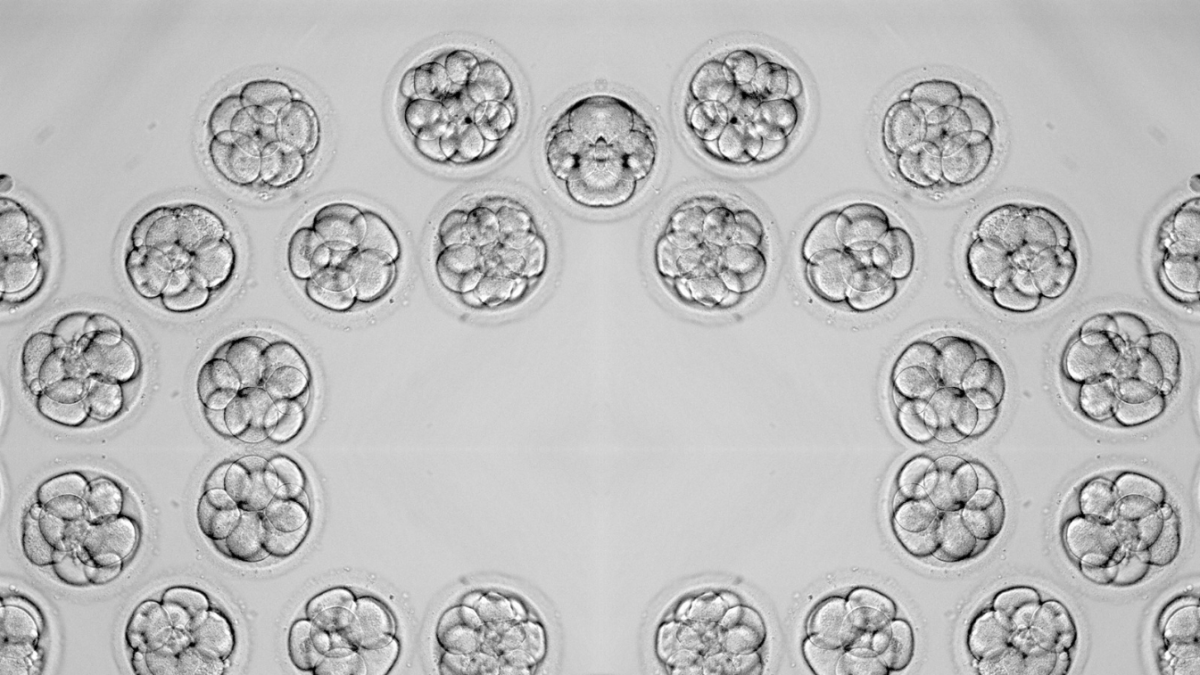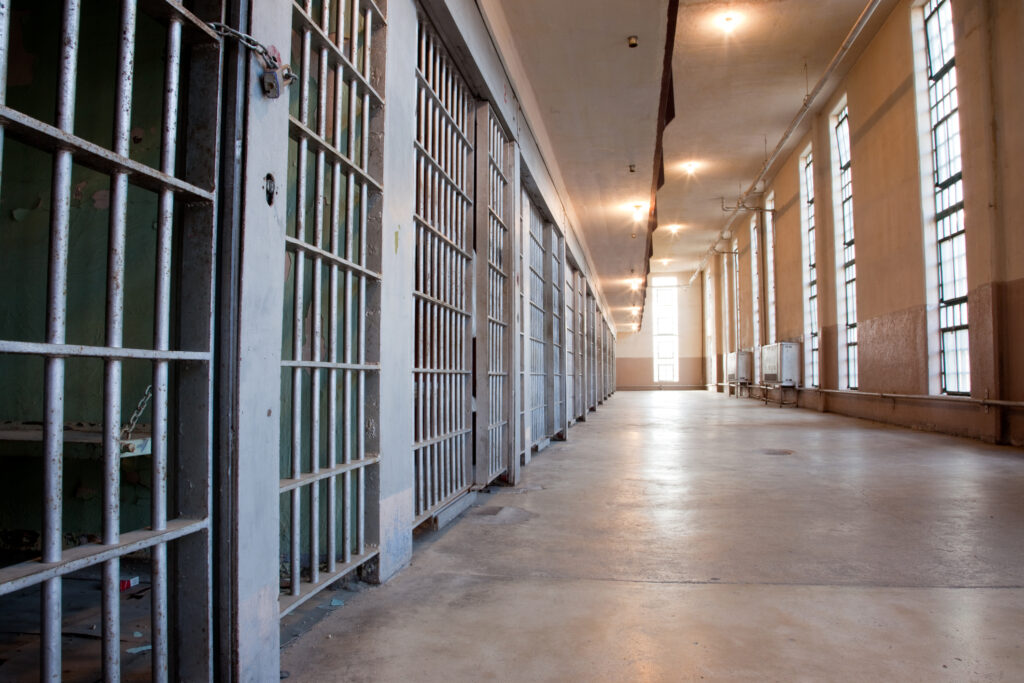SHAPIRO: Debunking The Myth Of ‘Criminal Justice Reform’
You’ve heard people on the Left say that the biggest problem in the criminal justice system in America is mass incarceration. That we have sentences that are too long. That we have sentences that are disparate. That too many people are in jail. That the police are cracking down on black and brown Americans and throwing them in jail for no reason at all, devastating inner cities.
In 2020, members of both political parties gravitated toward a catch phrase encapsulating many of these ideas: Criminal justice reform. As Politico noted in April of that year, “Criminal justice reform is finally having a moment in US politics. Until recent years, candidates usually competed to look tough on crime and paint their opponents as soft. But 2020 is different.”
2020 was the year of Black Lives Matter. It was the year of Defund The Police. It was the year of ending the supposed school-to-prison pipeline. It was the year of George Floyd and Ava Duverney and Kamala Harris.
It was also the year that saw the worst increase in murder rate in a century. The biggest since 1905, and maybe in history, rising by nearly a third. The clearance rate on murders went down to just over 50 percent – so a lot of murderers got away with it.
None of this should have been surprising. The basic tenets of criminal justice reform – that we are in an era of mass incarceration, that we must shorten prison sentences and get rid of bail, that the problem of criminality can be solved socially rather than with more cops – are a lie.
From 1935 to 1964, the United States enjoyed an unprecedented drop in the crime rate. Then it all collapsed. From 1970 to 1990, Americans were more likely to be victimized in a violent crime than to be injured in a car accident — by a long shot. As of 1990, four in ten Americans said they were afraid to walk alone at night. The crack epidemic had crippled major metropolitan areas around the country. And then, almost as if a switch had been flipped, crime dropped: from 1990 to 2009, “homicide, robbery, and burglary in the big city [fell] an astounding 80 percent.”
So, what happened?
Major metropolitan areas increased their police forces dramatically. From 1994 to 2000, under the crime policy of President Bill Clinton and mirrored on state and local levels, America added 70,000 police officers. Similarly, across the country, authorities began increasing sentencing, instituting mandatory minimums, and doing away with parole for multiple-time offenders. The crackdown on the crack epidemic meant more arrests. Prison populations soared, but crime declined dramatically.
Contrary to popular opinion, the vast majority of the arrest increases had nothing to do with drugs. As Barrt Latzer writes, “between 1990 and 1996…prison commitment ratios rose for violent crime (except rape) and declined for drug offenses by 25 percent.” Mass incarceration, the Left’s favorite thing to hate, was responsible for the prevention of tens of thousands of crimes.
In New York City, Mayor Rudy Giuliani took over for failed leftist Mayor David Dinkins and promptly implemented James Q. Wilson’s “broken windows theory” — policing of small crimes in order to demonstrate to criminals that larger crimes will not be tolerated. Giuliani and his police commissioner, Bill Bratton, implemented data-based policing, designed to deploy resources to the highest-crime areas. New York turned from a hellhole into a safe city once more.
A February 2016 ACLU poll showed that 81 percent of Democrats and 54 percent of Republicans wanted to release criminals from prison.
Here’s the reality: crime rates increase when you let criminals out of prison. It is that simple.
The Bureau of Justice Statistics followed over 400,000 prisoners in 30 states after they were released from prison in 2005; here’s what they found: Within three years, 67.8 percent were arrested again. Within five years, that number rose to 76.6 percent. Well over 80 percent of property offenders went back to crime, as did 76.9 percent of drug offenders and 71.3 percent of violent offenders.
Just 16 percent of state prisoners were convicted for drug offenses, and most of those drug offenses involved distribution (just 3.6 percent of state prisoners are in for simple drug possession, and most of those people pled down their original charges from drug trafficking).
The Left constantly claims that the crime problem in inner cities is due to the lack of male figures thanks to “mass incarceration.” President Obama particularly promoted the notion that America has engaged in a pattern of “mass incarceration” — some sort of mythical dragnet sweeping up black and brown people into prisons.
Disparities in racial composition of inmates does not mean racism – it generally means disparity in the rates at which members of different racial groups commit crimes.
Today, the Black Lives Matter movement has been fully integrated into the Democratic
" Conservative News Daily does not always share or support the views and opinions expressed here; they are just those of the writer."




